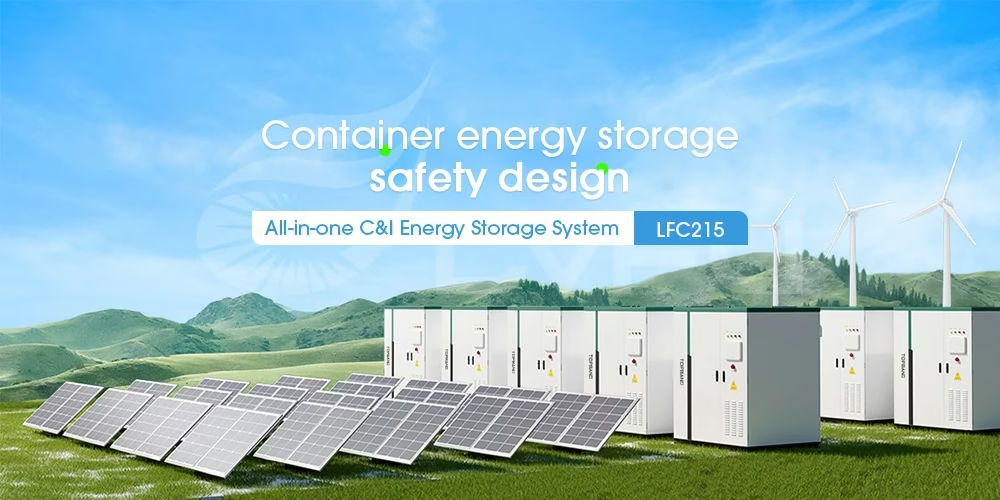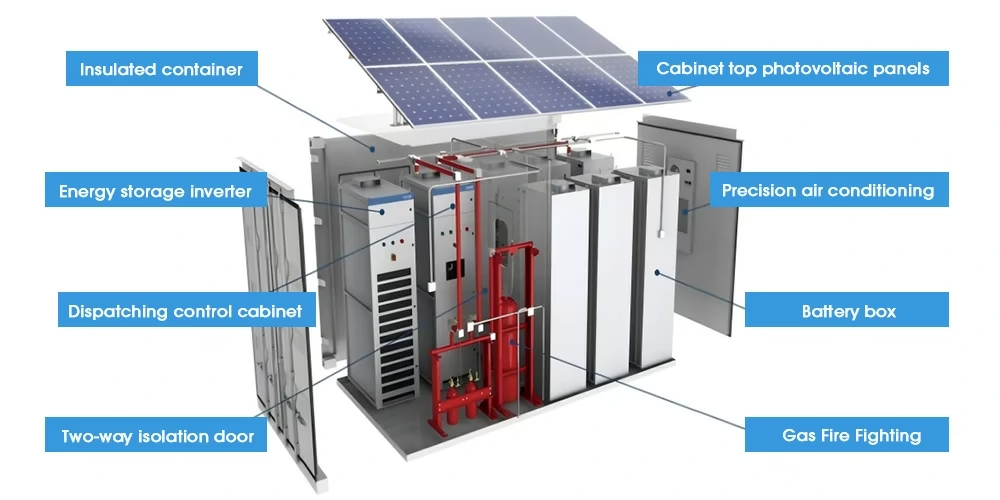
Potential technical issues with container energy storage
Containerized energy storage systems play a crucial role in power supply-side storage, grid-side storage, and large-scale off-grid or microgrid power stations. Typically, engineers design these systems by installing tens of thousands of battery cells inside containers and connecting them in series or parallel to achieve large-capacity energy storage.
In lithium-ion batteries, only a thin separator keeps the positive and negative electrodes apart. Under normal conditions, engineers rely on insulating materials and electrical switches to maintain electrical isolation. However, when temperatures rise, the insulation materials may carbonize and become conductive. Moreover, under high voltage, disconnectors may fail, and power switches can malfunction when exposed to reverse voltage or electrical surges.
During long-term operation, as the system undergoes thousands of charge and discharge cycles, the cells experience stress from overcharging, over-discharging, and overheating. Consequently, these conditions can trigger short circuits and local thermal runaway. Critically, once a single cell fails and the system lacks effective safety measures, the failure can quickly spread to other cells, ultimately leading to a chain reaction and potentially causing an explosion.

Safety technical measures for container energy storage
To improve the safety of energy storage power plants, researchers are increasing insulation materials and structural strength to create robust protective barriers. While this approach effectively enhances safety, it also increases construction costs, hindering the large-scale deployment of energy storage.
To fully ensure the safety of containerized energy storage, multiple aspects must be considered, including system design, material selection, and safety design, striking a balance between safety and cost.
Currently, new safety technologies and measures commonly adopted in energy storage power plants include modular energy storage technology, aerogel insulation materials, traditional electrical protection systems, thermal management systems, and efficient fire safety systems.

